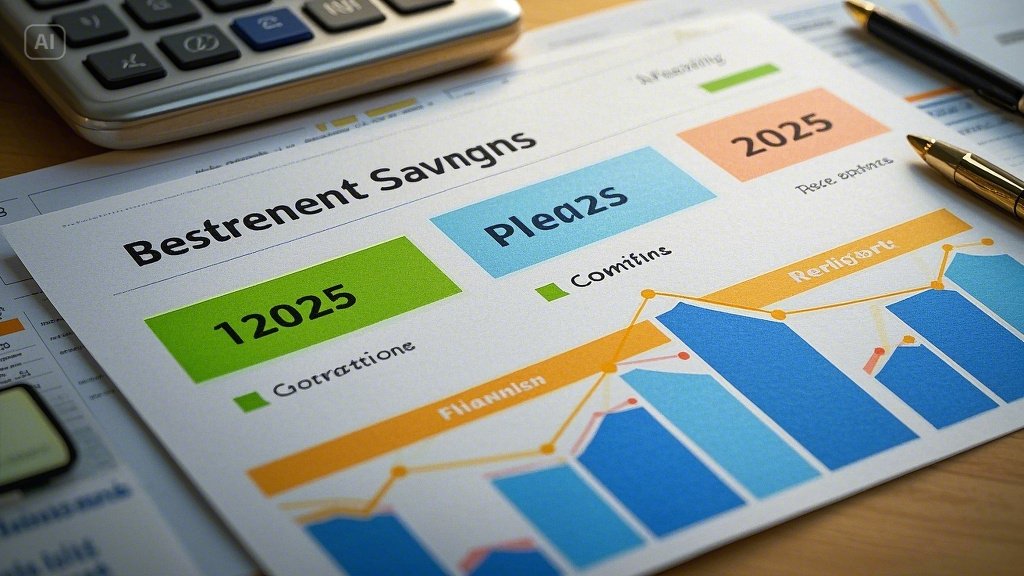Being your own boss has its perks—freedom, flexibility, and control over your time. But it also means you’re responsible for your own retirement savings. Thankfully, the IRS offers two powerful options for self-employed individuals in 2025: the SEP IRA and the Solo 401(k). Both can help you build a solid retirement nest egg while also reducing your taxes.
Here’s a complete guide to help you understand the difference and choose the right plan.
What Is a SEP IRA?
A Simplified Employee Pension (SEP) IRA is a retirement plan that allows self-employed people and small business owners to make tax-deductible contributions to retirement accounts for themselves—and their employees, if they have any.
Key Features (2025):
-
Contribution limit: Up to 25% of your net earnings from self-employment, capped at $69,000.
-
Eligibility: Must be at least 21 years old, have worked for the business in 3 of the last 5 years, and earned at least $750.
-
Flexible contributions: You don’t have to contribute every year.
-
Easy setup: Open through most financial institutions with minimal paperwork.
What Is a Solo 401(k)?
A Solo 401(k)—also called an Individual 401(k)—is designed for self-employed individuals with no full-time employees other than a spouse. It offers higher contribution limits and the ability to choose Roth or Traditional tax treatment.
Key Features (2025):
-
Employee contribution: Up to $23,000 (or $30,500 if age 50+).
-
Employer contribution: Up to 25% of compensation.
-
Total contribution limit: Up to $69,000 (or $76,500 with catch-up if 50+).
-
Loan option: You can borrow from your Solo 401(k) (unlike a SEP IRA).
-
Roth option: Contribute after-tax for tax-free growth and withdrawals later.
SEP IRA vs Solo 401(k): Side-by-Side Comparison
| Feature | SEP IRA | Solo 401(k) |
|---|---|---|
| Max Contribution (2025) | $69,000 | $69,000 (or $76,500 if 50+) |
| Employee Deferrals | No | Yes – up to $23,000 |
| Roth Option | No | Yes |
| Loan Option | No | Yes |
| Setup Complexity | Very simple | Slightly more complex |
| Ideal For | Small biz with employees | Solo business owners |
Which Plan Is Right for You?
-
Choose SEP IRA if:
-
You want a simple, low-maintenance retirement plan
-
You have employees and want to contribute for them
-
You don’t need Roth or loan options
-
-
Choose Solo 401(k) if:
-
You are self-employed with no employees
-
You want to maximize your retirement contributions
-
You want access to a Roth account or loans
-
You’re age 50+ and want to make catch-up contributions
-
Tax Benefits of Both Plans
Both the SEP IRA and Solo 401(k) reduce your taxable income, potentially saving you thousands in taxes each year. They also allow your investments to grow tax-deferred, meaning you won’t pay taxes on earnings until you withdraw in retirement.
If you choose a Roth Solo 401(k), you pay taxes now, but all qualified withdrawals are tax-free later.
Getting Started
Setting up either plan is relatively easy. Here’s how:
-
Choose a provider – Fidelity, Vanguard, Charles Schwab, and others offer both plans.
-
Open the account – Online forms usually take less than 30 minutes.
-
Fund the account – You have until tax day (April 15, 2026) to contribute for 2025.
-
Invest wisely – Choose a diversified mix of stocks, bonds, or mutual funds.





